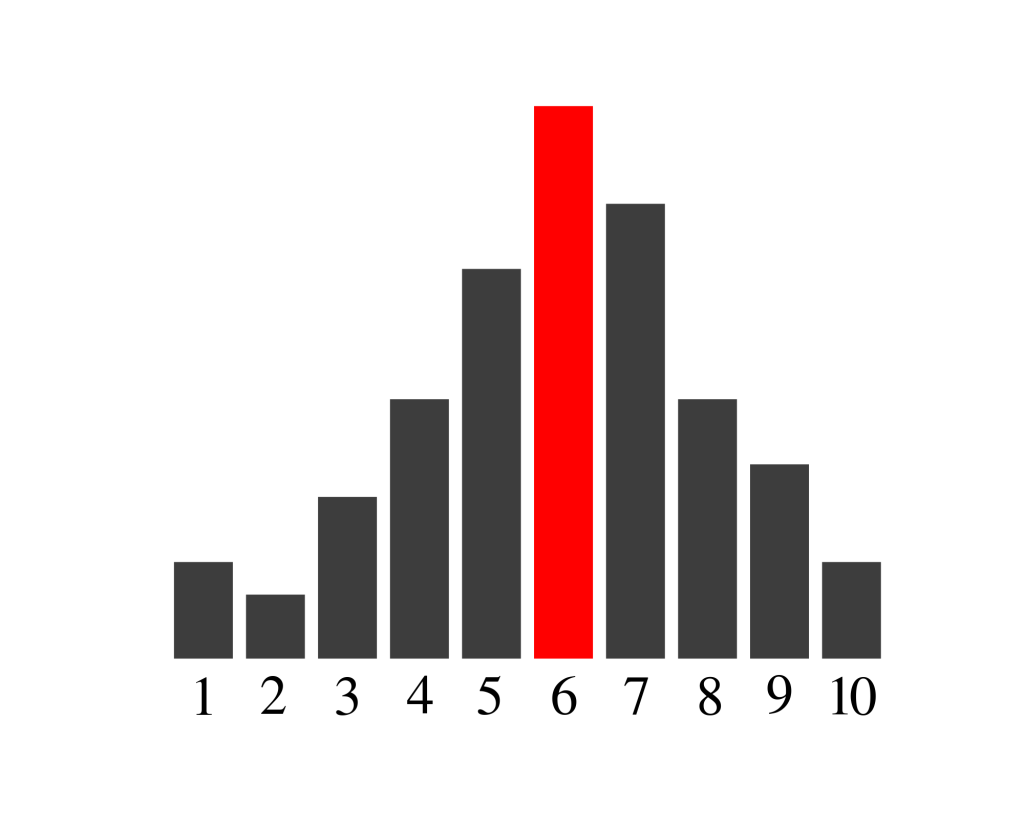By Darryl Yardley.
Organizations are what they measure.
In all types of business, decision-making is an integral part of the day-to-day operations. The results of many decisions are often based on intuition and/or experience. We need to alleviate the personal element of quantifying issues, and rather use a data driven approach to provide a means of determining probabilities of success and failure.
Implementation of a measurement-based strategy can improve quality, client satisfaction and profits. Managing through measurement is a cultural change, and leaders need to be the agents of change. As industry is changing faster and faster, organizations are forced to continuously monitor and adapt performance measurement.
Without willingness to adapt, performance measurement would become increasingly out of step with an organization’s objectives. Thus, time needs to be devoted to innovative development.
Growth in a business relies on collecting data (measurements), determining how measurements will be expressed as a standard (metric), and comparing metrics to a benchmark to evaluate performance.
Key Performance Indicators (KPIs) help an organization define and measure progress toward its goals. But KPIs are not simple observation tools. They can have a deep normative effect, which can modify organizational behaviour and influence strategic decisions. They are also used to drive employee engagement and high performance.
As a leader, I want to offer more time helping my employees identify and apply their strengths to better themselves and the overall business. In order to do this, I need to spend time each month evaluating my performance management approach to ensure it is aligned with the operations of the business, motivating for employees, and suitable for growth in a changing industry.
What do we see when we try to quantify an employee’s performance?
In the world of sports, there are pages of statistics for each player; in medicine, a three-page report each time blood work is completed; in psychometric evaluations, a battery of tests and percentiles.
In business, however, at least when it comes to quantifying performance, we try to express the infinite variety and nuance of an employee in a single number. Surely, if we want to do our best to tell an employee where he/she stands, we as leaders must capture as much of an employee’s diversity as possible and then talk about it.
These conversations, combined with strategic KPIs, are best served by multiple data points, not by a single point.
I set aside time each month to ensure that the processes in place to recognize and collect reliable performance data are appropriate. Also, assessing the mechanisms in place for recognizing ‘performance snapshots’ to see actions clearly and timely is crucial.
If a snapshot is an organizational tool for measuring performance, we need a tool that leaders can use to strengthen and fuel performance. We need to have a continual focus on the future, through regular evaluations and frequent check-ins, rather than assessing in the past.
The best leaders conduct regular check-ins with each employee about his/her job duties. These brief conversations allow leaders to set expectations for the upcoming week, review priorities, comment on recent metrics and benchmarks, as well as provide coaching, or share important information.
Conversations provide clarity regarding what is expected of each employee and why, and how each can produce his/her best work in the upcoming days—in other words, exactly the trinity of purpose, expectations, and strengths that characterizes our team’s best performance.
Developing a system that no longer asks leaders what they think of their employees, but rather asking them questions associated succession planning, development paths, or performance-pattern analysis of their employees. A high performing clinic team is positively correlated to a successful health business.




